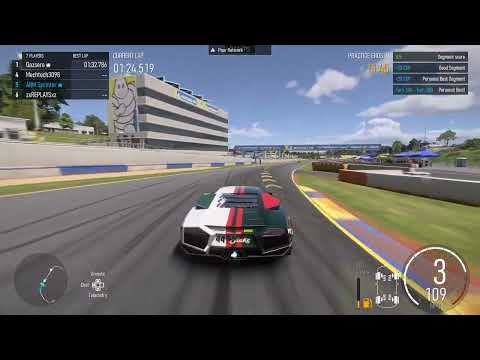Ever been at a race and heard that high-pitched whine coming from the cars? It’s a sound that’s both thrilling and a little…unusual. But what exactly is that noise? It’s not the engine, not the tires, but something deeper within the machine. That distinctive whine is often coming from the race car’s transmission, and there’s a fascinating reason behind it. Let’s dive into the mechanics and explore why these high-performance gearboxes sing their unique song.
So, why do race car transmissions whine? The answer lies in the type of gears they use. Unlike the transmissions in your everyday road car, race cars often utilize straight-cut gears. These gears are designed for maximum efficiency and strength, but they come with a trade-off: noise.
Straight-Cut Gears and the Whine
Imagine two gears meshing together. In a standard car, these gears are helical, meaning their teeth are angled. This angled design allows for smoother, quieter operation. However, in a race car, straight-cut gears are preferred. Why? Because they offer several advantages:
- Increased Strength: Straight-cut gears can handle significantly more power and torque.
- Reduced Power Loss: They transmit power more directly, minimizing energy loss due to friction.
- Faster Engagement: They engage more quickly, allowing for faster gear changes.
But here’s the catch: straight-cut gears don’t mesh as smoothly as helical gears. Their teeth engage and disengage abruptly, creating vibrations. These vibrations are what we hear as that characteristic whine.
Interesting Tip: The intensity of the whine can actually tell experienced mechanics a lot about the condition of the transmission. Changes in pitch or volume can indicate wear or damage!
The Role of Gear Design in Transmission Whine
It’s not just the straight-cut design that contributes to the whine; the overall design and manufacturing of the gears play a crucial role. Race car transmissions are built to extremely tight tolerances, meaning everything is precisely aligned and fitted. This precision, while beneficial for performance, also amplifies the noise.
Precision and Noise Amplification
Think of it like a perfectly tuned musical instrument. Every component works in harmony, but even the smallest imperfections can create unwanted sounds. In a race car transmission, the tight tolerances mean that even minor vibrations are amplified, resulting in a louder and more noticeable whine.
Lubrication and Transmission Whine
Proper lubrication is essential for any transmission, but especially for race car transmissions. The lubricant helps to reduce friction and dissipate heat. However, even with the best lubricants, the inherent design of straight-cut gears will still produce some level of whine. Consider these points:
- Type of Lubricant: Racing teams often use specialized lubricants designed to minimize friction and noise.
- Lubricant Viscosity: The viscosity of the lubricant can affect the noise level. Thicker lubricants may dampen the noise slightly, but can also increase friction.
- Regular Maintenance: Frequent lubricant changes are crucial to prevent wear and tear, which can exacerbate the whine.
Is Transmission Whine a Problem?
So, is that whine something to worry about? Generally, no. In a race car, the whine is simply a byproduct of the high-performance design. It’s a sign that the transmission is doing its job, efficiently transferring power to the wheels. However, there are situations where the whine could indicate a problem.
When to Be Concerned About Transmission Whine
A sudden increase in the volume or a change in the pitch of the whine could be a sign of wear or damage. Other warning signs include:
- Grinding or Clunking Noises: These noises could indicate damaged gears or bearings.
- Difficulty Shifting: If you’re having trouble shifting gears, it could be a sign of a problem with the transmission.
- Fluid Leaks: Leaking transmission fluid can lead to overheating and damage.
Pro Tip: Always consult with a qualified mechanic if you suspect a problem with your transmission. Ignoring warning signs can lead to more serious and costly repairs!
Frequently Asked Questions About Race Car Transmission Whine
Ultimately, that whine is a badge of honor for a race car transmission. It’s a testament to the raw power and performance that these machines are capable of. It’s a sound that separates them from the everyday, signaling their purpose-built nature. So, next time you hear that whine, remember it’s not just noise, it’s the sound of engineering pushed to its limits. It’s the sound of speed, precision, and the relentless pursuit of victory. It’s a symphony of gears, singing a song of power.






